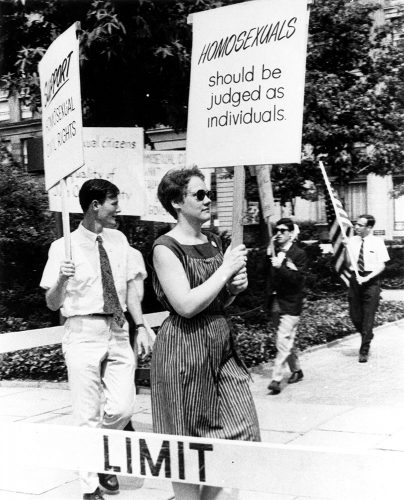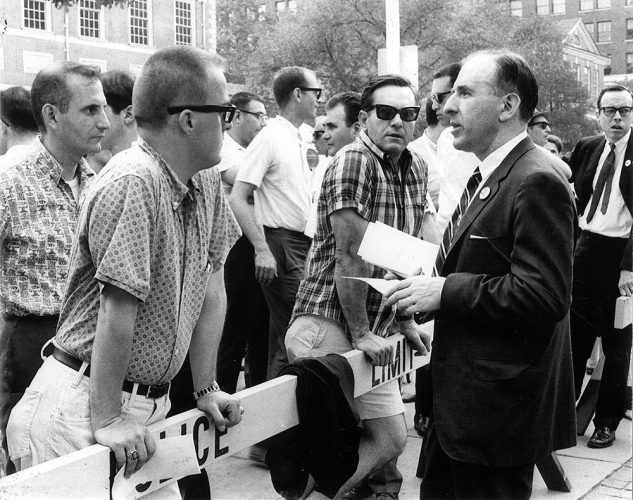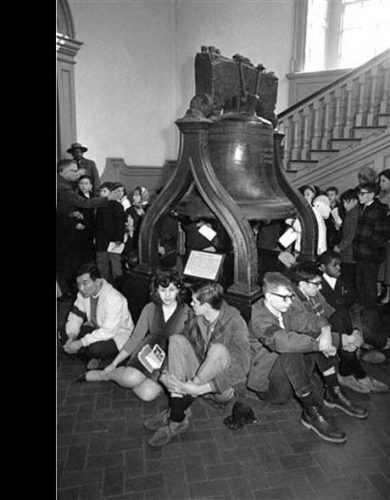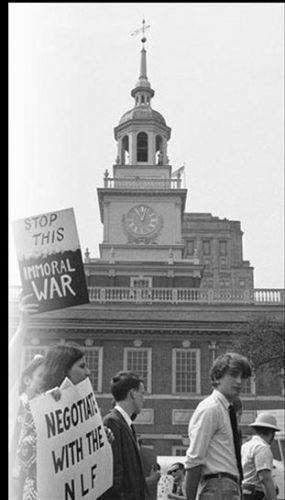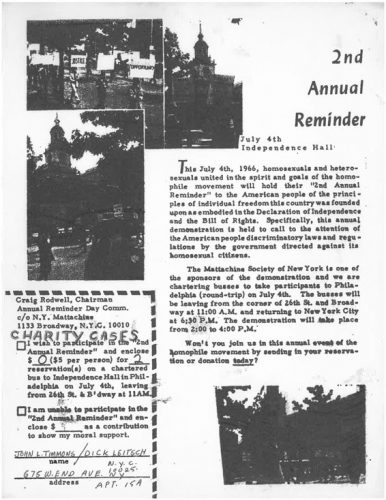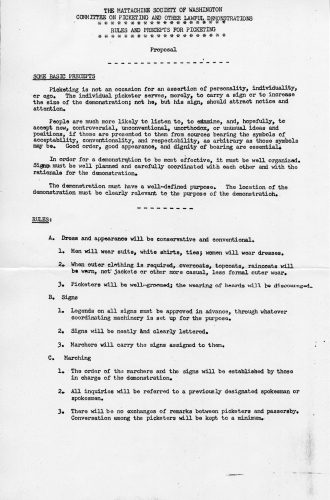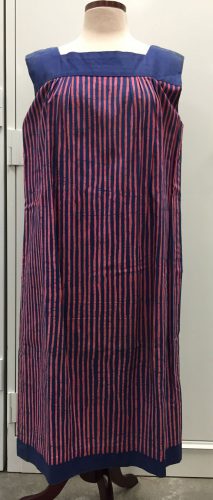Women wore dresses; men wore shirts and ties. All wore a sense of pride. Every July 4th from 1965 to 1969, gay and lesbian activists demonstrated in front of Philadelphia’s Independence Hall.
To “remind” Americans that they’d been denied the rights of the Constitution and the promise of the Declaration Independence, they dubbed their protest the “Annual Reminder.”
